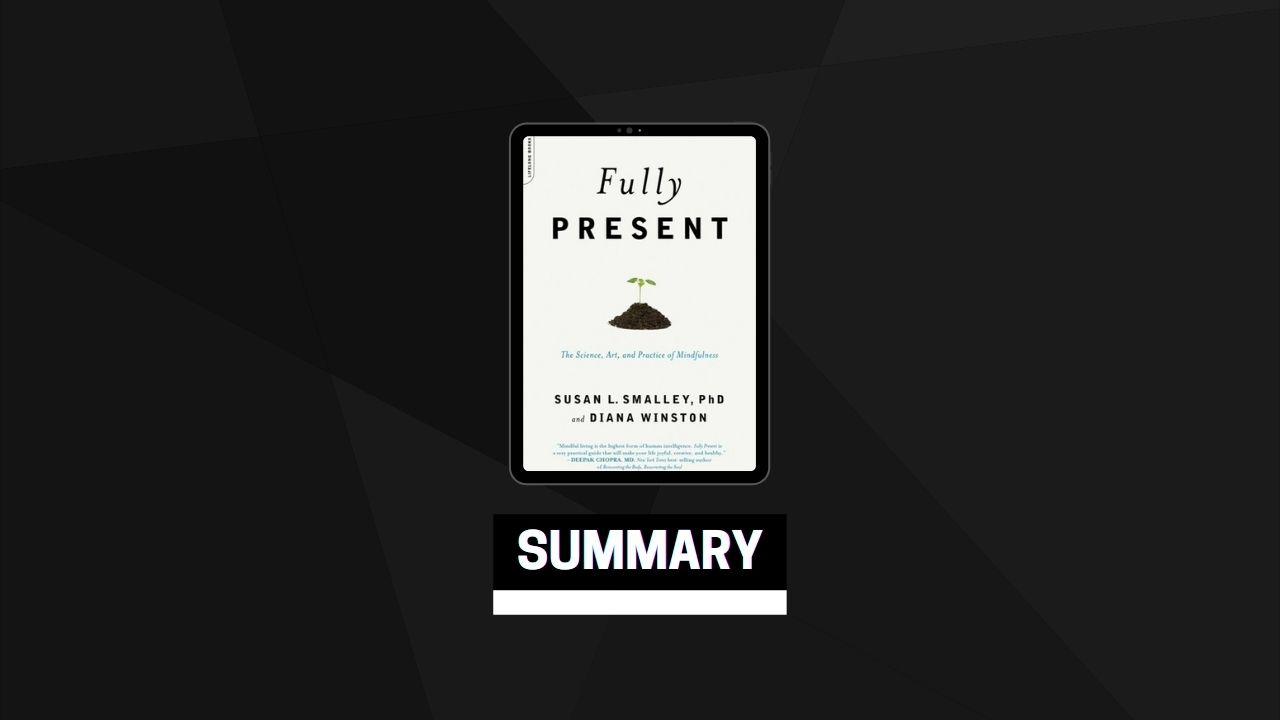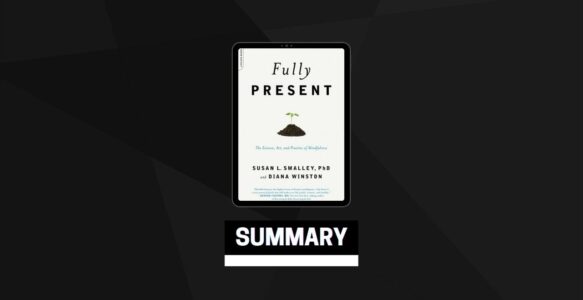What Is Mindfulness?
World-renowned psychiatrist once posed a question to a room full of mental health experts. He asked, “What is the ‘seat belt’ of mental health?” Seat belts save lives; buckling up is a simple thing to do to protect ourselves from physical harm. What is the comparable tool to protect us from the mental hazards of life? What is the seat belt to protect against unhappiness, depression, anxiety, pain, and suffering?
Mindfulness may be the mental “seat belt” that protects us along the bumpy, twisting, turning road of life, whether we encounter unexpected drop-offs, terrible accidents, or smooth sailing.
Mindfulness is like the Indian proverb about the six blind men trying to describe an elephant: As each one touches a different part, he describes the elephant differently. If we look across the scientific literature, there are aspects of mindfulness described in research on creativity, intuition, self-awareness, insight, and positive psychology, to name only a few areas of focus. Yet to research mindfulness we must have a working definition and then ways to measure it objectively. The working definitions of mindfulness all include “an awareness or attention to present experience.”
Relaxing Into Your Posture
Get into a comfortable position on a chair or the floor. Bring your attention to your seated body. Take a few deep breaths to let yourself relax more deeply. Then, after a few deep breaths, let your breathing return to normal.
Bring your attention to your feet. Feel the contact that your feet make with the floor. Notice their weight, pressure, heaviness, touch. Then notice the posture that your legs are in. Notice the place where your legs make contact with the chair or the floor. Again, feel the heaviness, pressure, touch. You can also notice how your back rests up against the chair or how you hold your body in space. What sensations do you notice?
Turn your focus to your abdomen. We often hold a lot of tension in that part of our body. Do you notice any tension or tightness? If so, try to relax or soften your belly. If it is helpful, direct your breathing into your belly by breathing into that area more fully.
Now turn your attention to your hands. Are they tense or tight, or are they relaxed? Soften or relax your hands. Also notice your arms and focus on how they are resting, how they feel. Next, bring your attention up to your shoulders. Are your shoulders tight or relaxed? Let them release. Try to drop and soften them—even wiggle a tiny bit if it helps relieve tension. Make sure you continue to breathe regularly.
Now notice your throat and jaw—another place where many people hold tension. Relax your jaw and then soften your face, letting it relax. Relax and breathe. You can then notice that your whole body is seated. Take another minute or two to silently scan your body. Notice whether there are still areas of tension, and if so, invite them to relax. Observe the parts of your body that do feel relaxed. When you feel very relaxed, enjoy this state for as long as you wish, and when you are ready, open your eyes.
Mindfulness Of Breathing
Begin this meditation by finding a comfortable place to sit, either in a chair or on a cushion on the floor. As you sit down, notice your posture: Feel your back remaining upright, but not too tense; try to stay relaxed. Keep your eyes closed and your tongue resting on the roof of your mouth or wherever it’s comfortable, and rest your hands on your knees or lap. You can then notice your body sitting: the weight, the posture, and the shape of your body. Bring your mindfulness into your body and become aware of the present moment.
See if you can notice that one of the sensations in your body is the sensation of your breath. Find your breath in your body, feeling your body moving with the breath. Keep your breath completely natural, not elongating it or shortening it in any deliberate way. You might notice your breath in your abdomen as you feel a rising sensation, an expansion, a stretching . . . then falling, a contraction, a deflation sensation. Or you might notice the breath in your chest, where you feel movement, stretching, and expansion similar to what you feel in the abdomen. Try not to imagine the breath, or to think about the breath, but to feel the breath in your body. You also might notice a subtler presence of your breath in your nostrils—a coolness, a tingling movement. Choose one of these three spots where you feel your breath inside your body—your abdomen, chest, or nostrils—and try to keep your attention on these sensations of breath, one breath at a time . . . rising, falling . . . or in, out. . . .
As you’re doing this, you might notice that your mind wanders and starts to think about all sorts of things. This is completely normal and happens for most people. So when you notice that your mind is wandering or thinking, just relax. You can say a soft word in your mind like thinking or wandering to acknowledge that you have wandered. And then, very gently but firmly, bring your attention back to the sensations of breathing. . . .
Do this practice in silence for five minutes, feeling one breath at a time, perhaps getting lost in thought, and returning to the sensations of your breath. Increase the amount of time you spend in this practice when you feel drawn to do that.
Working With Obstacles
When you encounter an obstacle in your meditation, here are a few steps you can take:
- Apply an antidote:
- For sleepiness: Open your eyes, stand up, and try walking meditation.
- For restlessness: Try hearing meditation—relaxing and giving yourself a wider field of awareness.
- For doubt: Recognize that you are caught in doubt and remember your motivation for practicing meditation.
- For desire: Ask yourself to come back to the present moment and recognize that fantasizing and so forth may be interesting but won’t have the same benefits as meditation. You can also remind yourself of your motivation for practicing.
- For aversion: Practice loving-kindness meditation toward yourself or that part of you that is experiencing aversion.
- For boredom: Pay closer attention to your direct experience, get curious about your meditation, and remember your motivation.
- For anxiety or worry: Ask yourself: Is this true? and Am I okay now?
- Apply mindfulness to the obstacle itself:
- First label the obstacle (doubt, aversion, and so on).
- Then notice how this obstacle feels in your body (for example, I’m having aversion, and I notice my belly is clenched). Often noticing how your body feels in the presence of the obstacle will allow the obstacle to relax its grip on you. Sometimes it may even go away. Even when it does not, you can find a measure of non-identification with it.
- Remember: Obstacles are a normal part of meditation practice!
Final Word
The experience of living on the “tip of the iceberg” refers to times when you may have had a limited view of yourself and of the thoughts and emotions underlying your actions (in the iceberg metaphor, actions and conscious thoughts and feelings are above the surface), and maybe you felt alone or isolated. With mindfulness, you may uncover what lies beneath the surface of your individual actions and will act from a greater sense of understanding.
As you continue exploring your life with mindfulness or other meditation practices, you may uncover more and more of the ground from which your individual actions arise, and you may discover that it is a ground shared by everyone.


